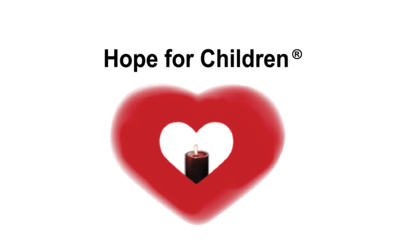First Response To Victims of Sexual Assault – Free Movie
Time’s Up Target Audience: First Responders, Law Enforcement
Law enforcement officers and all of us can do better helping victims by showing compassion and understanding during their first response when talking with victims and survivors. Attention to special circumstances such as children in need and other needs in dealing with families, elderly, immigrant and disabled victims can put them at ease, assist families and help not only with the healing process, but in getting the correct information necessary for prosecution. Compassionate law enforcement officers are a great resource in helping victims of crime, including: victims sexual assault, older victims, victims of human trafficking, me too victims, survivors of homicide victims, victims of child sexual abuse, victims of mass casualty crimes, victims of drunk driving crashes, immigrant victims, and victims who have a disability.
How to keep first response teams educated and trained
Employers
All employers must ensure that their staffs reflect the diversity of the communities they serve.
Community Education
All community education materials must positively reflect the rich diversity of our communities.
Protective Orders
The legislative intent of protective orders is to prevent further harm to the true abuse victim(s).
The court must be careful to only provide relief to the injured party. While this may sound obvious, some batterers are able to obtain mutual orders simply by saying, “I want her to stay away from me, too.” Sometimes counsel for both parties will stipulate to mutual orders as it may appear to be a harmless concession. However, mutual orders are problematic for all parties involved: it can be a set-up for the abuser who is much more likely to re-offend without the clear prohibition. For the true victim and children, their safety is needlessly compromised.
Mutual Protective Orders are Problematic
Mutual protective orders are problematic for the police to enforce, as it is difficult for them to ascertain who is the true abuse victim. Law enforcement officers should not be placed in the position of attempting to determine which party deserves the protection and which one should be arrested for abuse. Often responding late at night or on the week-end, and hampered by time and staffing constraints, officers must be provided with clear orders if we expect them to protect the victims.
Children are Further Traumatized
Children are further traumatized when they fail to see the true victim provided protection and witness the batterer gain powerful leverage via a mutual order. Not only is the adult victim endangered by mutual orders, but the children also are placed at greater risk for future harm. Our children need to see that the laws will protect them in their homes as well as on the street, regardless of how smooth the batterer is. The court allows the batterer to successfully nullify the protective order’s possible safety net when mutual orders are permitted.
Victims Brave Enough to Seek Protection
Since we are so quick to condemn those victims staying with the abuser and those wishing to dismiss orders, the least we can do is take seriously the victims brave enough to seek protection. Unless the court finds that mutual combat has taken place, and absent one party acting in self-defense, orders issued to both parties will have a chilling effect on the true victim coming forward for help again. We all can do better to help victims and survivors. We thank all of the brave individuals who have come forward to speak up concerning the sexual abuse they experienced such as Me Too and Time’s Up survivors and others.
I cannot thank you enough
Hope For Children Foundation Board of Directors and Our Patrons

